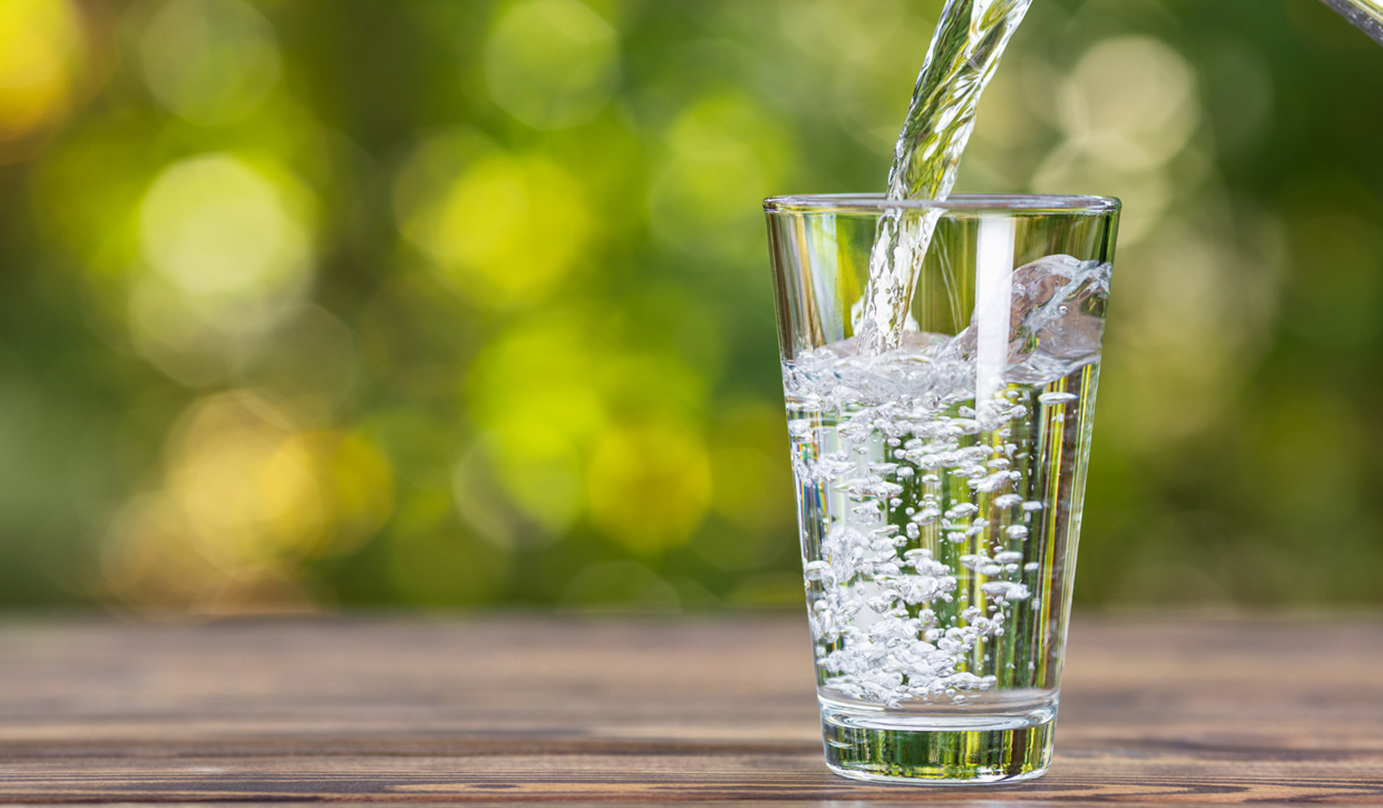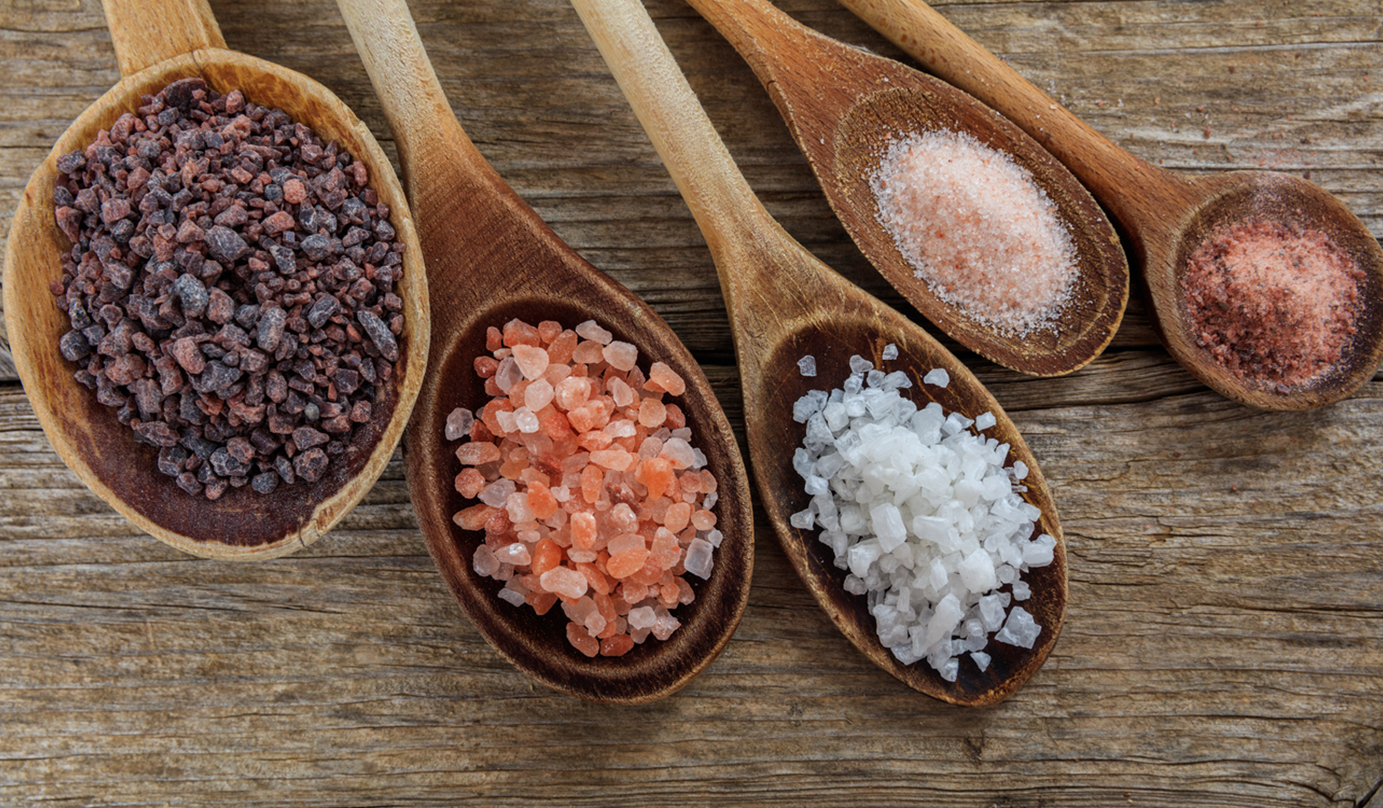
We drink water every day. It just looks like one big bit of liquid. But thanks to chemistry, we know that it is not. Chemistry lets us look closely at the world.

Chemistry is the study of chemicals. Chemists spend a lot of time studying chemicals. Chemical elements make up the world.

We can see all the elements in the world in one place. The periodic table shows us all the chemical elements. Every box in the table is a different chemical element.

Everything on Earth is made up of the chemical elements on the periodic table. Chemicals are also made from chemical elements. A chemical can be made of one element, or it can be a combination of several elements.

This is water. Water is a chemical. Water is made up of two elements: hydrogen and oxygen. If you look at water under a microscope, you can see parts made of oxygen and hydrogen. Water is a liquid. It has no set shape.

Salt is a chemical. It is made up of sodium and chlorine. If you could look at salt under a microscope, you would see parts made of sodium and chlorine. Salt is a solid. It has a set shape.

If you put salt in water, it dissolves. Elements are held together by bonds. The bonds in the water are stronger than the bonds in salt. The water stays together. It pulls the bonds of the salt apart.

You can combine elements in different ways. You get different things. Sodium is in salt. But it is also in glass, paper, and soap.

Chemists study liquids. They split liquids into two groups: acids or bases. Chemists use the pH scale to tell us which something is. If a liquid has a pH of 8-14, it is a base. Sea water is a base. Bleach is a base.

If a liquid has a pH of 0-6, it is an acid. Orange juice is an acid. Coffee is an acid.

If a liquid has a pH of 7, it is neutral. Drinking water is neutral.

Chemists work in a lab to study chemicals. They need lots of equipment to help them. They use a beaker to hold water. They use a test tube to do experiments.

Chemistry can seem complicated, but it is easy to find simple chemistry all around us. Put some salt in water and watch it dissolve. You are doing a science experiment. Chemistry can be simple or complicated.